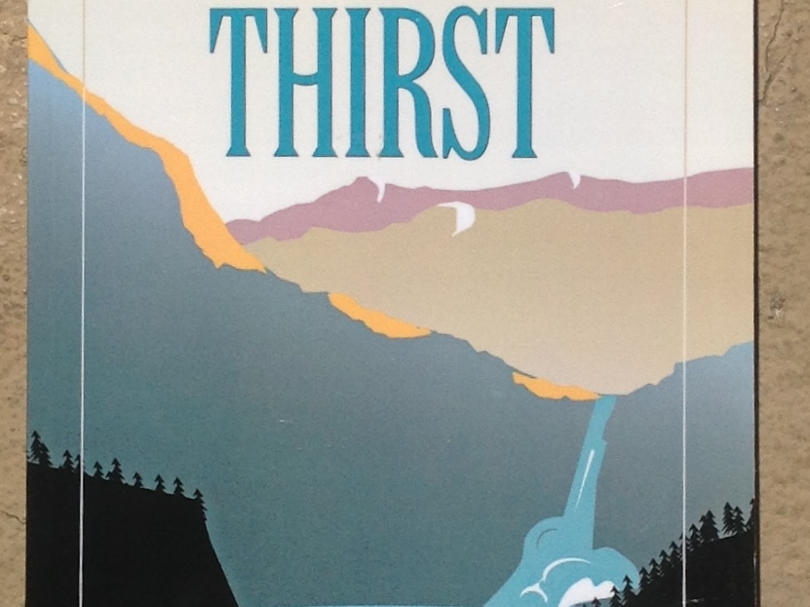
Water, drought, and California: the one book you need to read

Sometimes I think Californians’ relationship with their water supply is like my relationship with my car. I don’t pay attention to it until something goes really wrong. Then all the engine lights on the dashboard flash red and I’m listening to my mechanic explain why I have to pay him $1200. I’m thinking, “What is a head gasket? And does my car really need a new one?”
After three years of severe drought, all the lights on California’s water dashboard are flashing red. And, again if you’re like me, you’re stumbling over questions like, “What is groundwater and why should I care about it?” and “Why does the government get to decide how often I water my lawn?” And, more broadly, “Why is California water policy such an insanely complicated mess?”
Answers to all these questions can be found in Norris Hundley, Jr.’s The Great Thirst: Californians and Water: A History. This book sits high on my California required reading list. Hundley, for decades a professor of history at UCLA (he died in 2013), devoted most of his life to exploring the complexities of California water issues. The Great Thirst is the capstone of his career. The title says it all: from the era of Spanish settlement to today, California’s history really is three centuries of thirst, as a region with unlimited dreams confronted the reality that it didn’t have the water it needed to make those dreams real—or at least not water in the places where people wanted water. I wouldn’t call The Great Thirst a page-turner. For water transformed into dramatic art you still need to watch Chinatown. But Hundley’s book will tell you everything you need to know about how California and water got to where they are today.